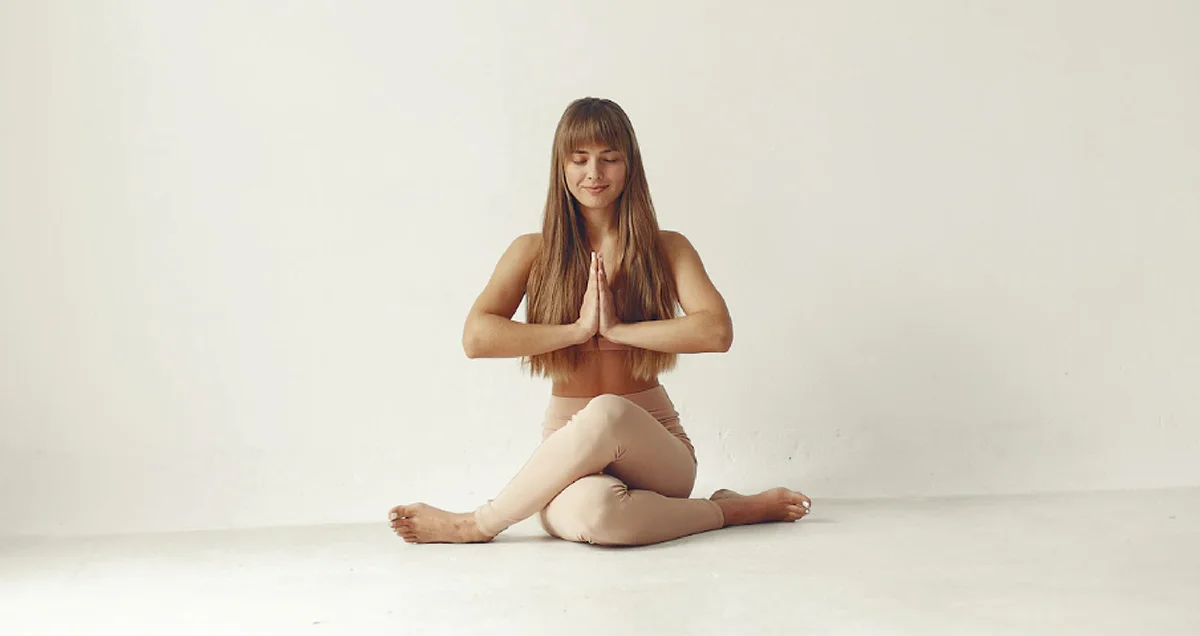What is Bhakti Yoga?
“Devotion” is a loaded word, particularly in our secular world. You might associate devotion with a demand for blind faith or particular ideas about God. But Bhakti yoga is not meant to be restrictive or prescriptive. The path of Bhakti Yoga is about dedication, devotion, and love for a personal deity or endeavour.
Traditionally, there are four paths of yoga that can lead to enlightenment. In our last post, we talked about Karma Yoga, and today we’re going to review Bhakti Yoga, or the yoga of devotion. The path of Bhakti yoga is said to be both the easiest path to enlightenment and the highest path to follow. The idea behind Bhakti yoga is to devote all of your thoughts and actions to the Divine.
The beautiful thing about the philosophy of Bhakti yoga is that you can can choose a face or aspect of deity that speaks to you. There are many philosophies that believe that individual deities are simply aspects of a single, universal God/dess, and every deity has a specific focus and associations. For example, from Hinduism, Lakshmi is commonly associated with prosperity; Ganesha is the breaker of obstacles; Krishna is the god of compassion.
You don’t have to devote yourself to a Hindu deity to follow the path of Bhakti yoga – whatever form of religion or spirituality you follow, you can devote yourself to that version of deity and remain true to this path. Mother Nature, the Universe, the Christian God – all are valid choices depending on what is meaningful to you. You can also see deity in the people that you love: mother, father, partner, friend, child. By devoting your actions to them, you are still following the path of Bhakti yoga.
This might still feel a little vague, but there are several concrete actions you can take to faithfully follow the path of Bhakti yoga. The first step is to consistently practice love, tolerance, and acceptance of all creatures as creations of the Divine, and treat nature with respect. Bhakti yoga is never meant to be discriminatory or exclusive – just as you can choose your personification of deity, so can all others.
Part of this path is to study and understand yourself and your relationship to your God/dess. Read and reflect on your religious texts. Write and reflect on yourself, your motivations, your actions, and your needs. These actions are about getting to know yourself in relation to deity.
Treat your yoga practice as a sacred time and space. You can practice Bhakti yoga by dedicating the energy of your yoga practice to your aspect of the Divine. You can also practice japa mantra (repetition of a short word or phrase) or Kirtan (call-and-response chanting). These are both forms of focused meditation that can lead to a feeling of transcendence and connection. In your home, you can create an altar dedicated to your deity with images, items from nature, and colours that reflect your perception of the Divine.
At your altar or throughout your day, you can have conversations with your chosen deity through prayer. Prayer is not just about asking for favours, nor is it something you should just do when you are in pain. Prayer is about gratitude – offering thanks for everything that you have and are capable of.
Practicing Santosha (contentment) is part of the path of Bhakti yoga – being content with what you have now and letting go of want and expectation.
Most importantly, treat others the way you would like to be treated. Do kind things without expectation of return or reward, and be present and pay attention to the people who love you. Bhakti yoga is a lifelong path that should be practiced daily in order to lead to a deeper connection to the Divine, whatever that means to you. But because we are all imperfect humans, practice forgiveness with yourself and work to come back to the path of Bhakti yoga whenever you stray.


